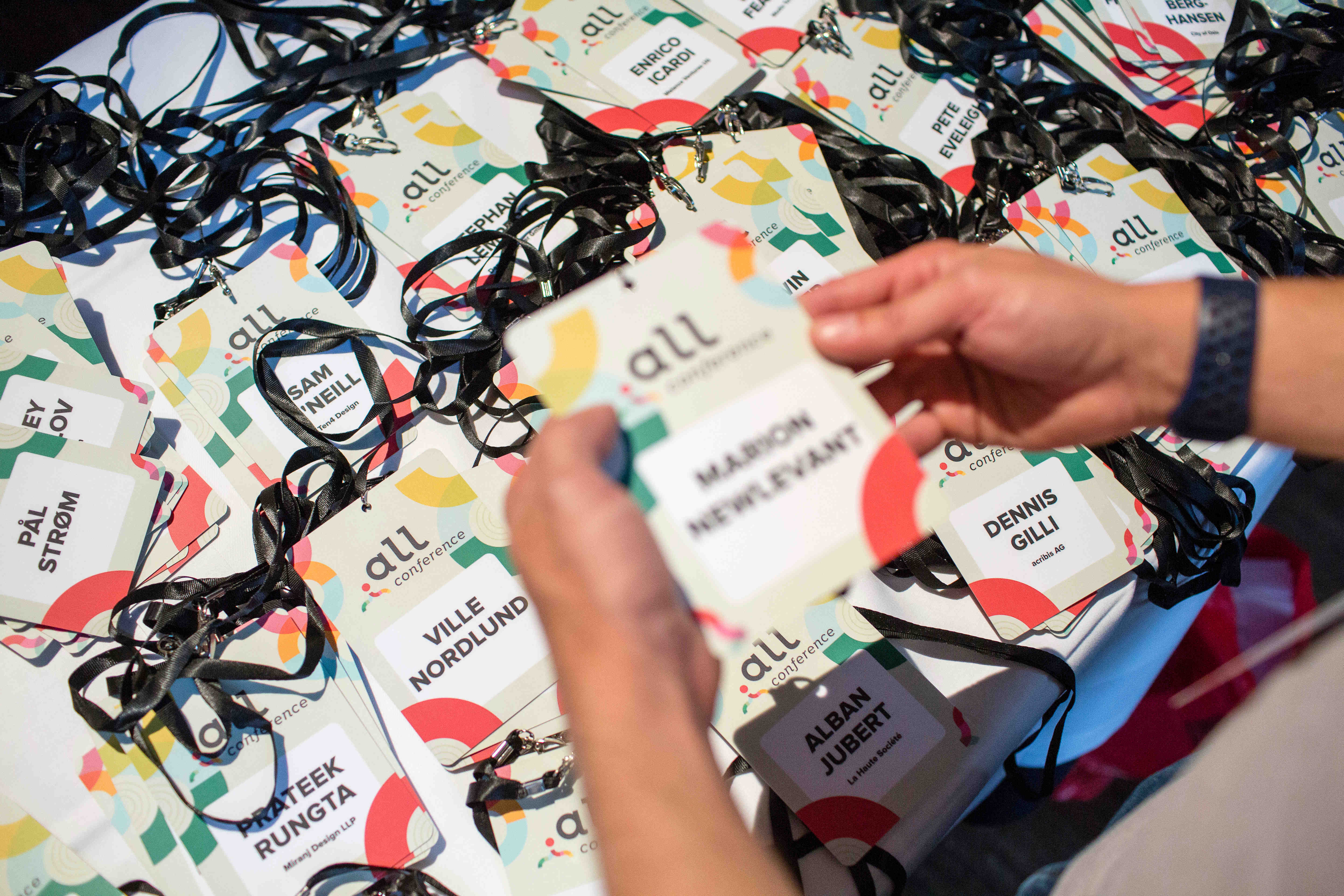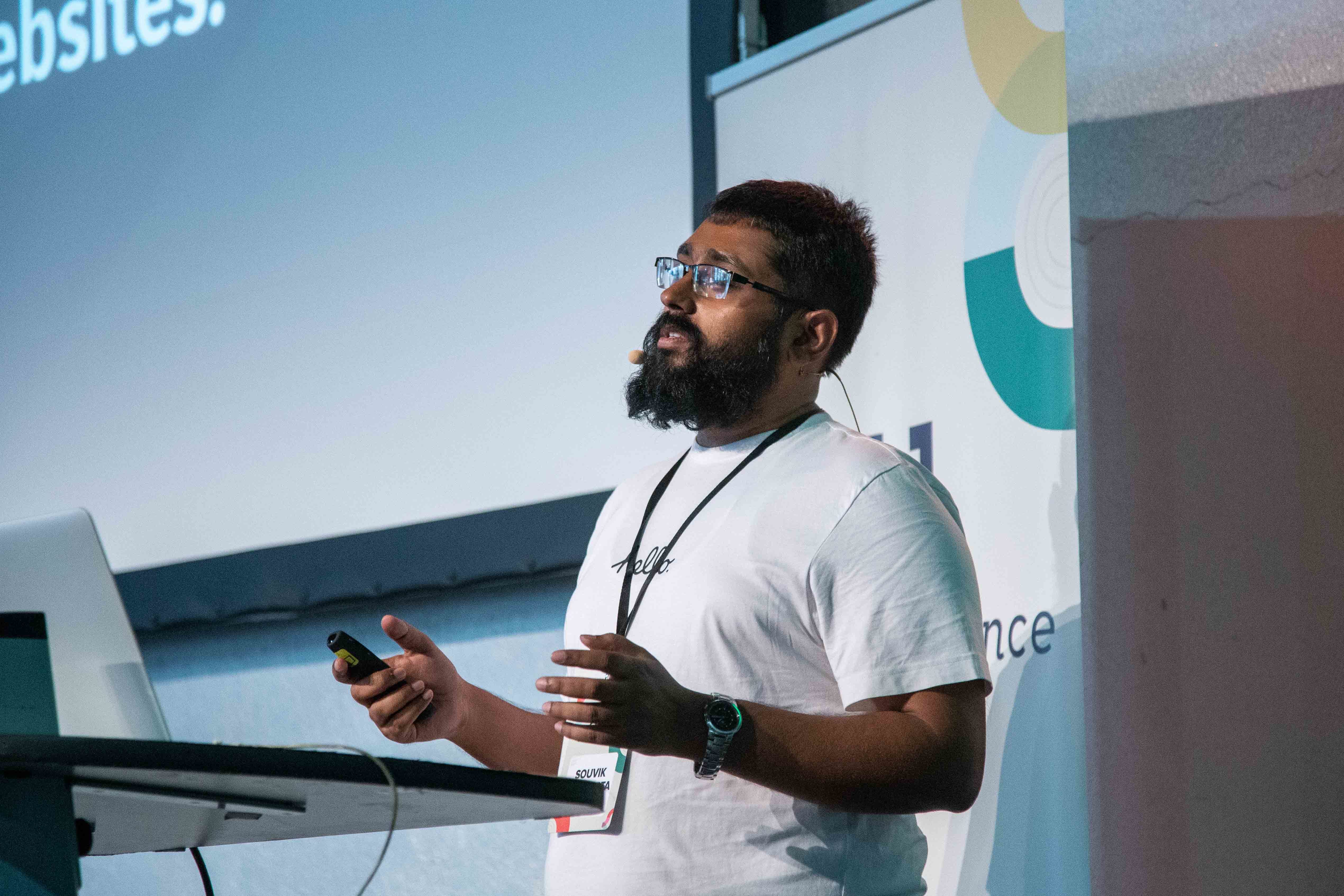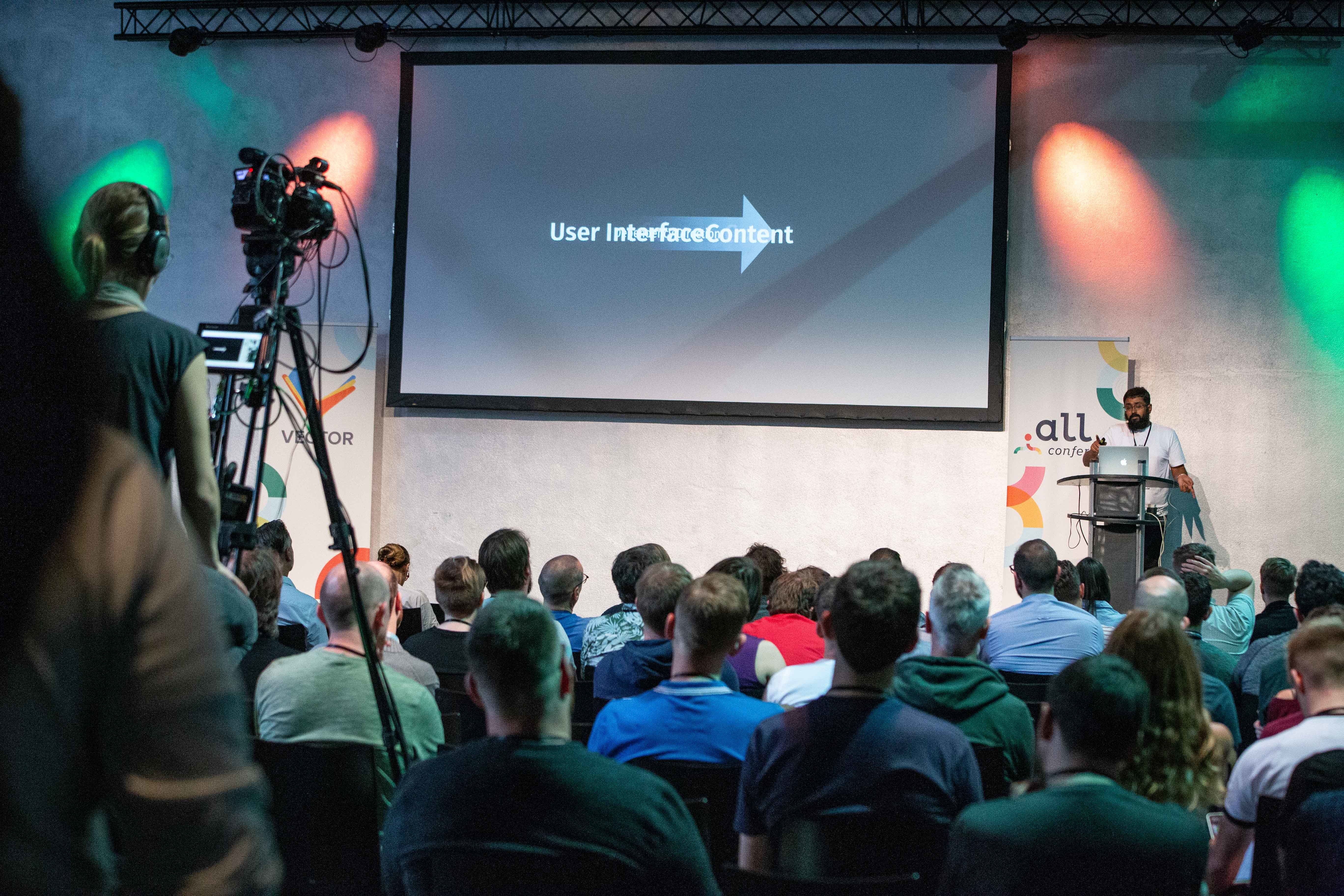Modular Architecture for Building Content Websites
- Author
- Souvik Das Gupta
- Published
- Event
- Dot All 2018
- Location & Date
- ·Berlin, Germany
Back in 2014 we were looking for a Content Management System (CMS) that could fit our concept of a website constructed from a collection of atomic pieces of content. Our search led us to Craft CMS – it was still a fairly new CMS back then but it looked promising. We initially adopted Craft for a project where the website was moved from WordPress. In the next project the move was from Drupal. Both implementations were a learning experience but the outcomes reinforced that we made a good choice. The latter has now grown to be our largest Craft implementation.
Craft CMS makes no assumption about the content. It frees our thinking from the shackles of the WordPress content model (Posts and Pages) while at the same time does not weigh us down under Drupal-like technical baggage. Being able to model content from scratch (almost treating the content model as data) and not being held back by any starter theme helps unlock creative freedom. As a result, we can hand-craft a website’s information architecture, user interface and user experience without the CMS acting a hurdle (or barrier).
Our relationship with Craft strengthened over time and 3 years since our discovery, in 2017, I found myself attending two conferences in the US: Peers (Craft CMS was a sponsor) and Dot All – the first official Craft CMS conference. Little did I know that the very next year I’d be taking the stage at the Craft CMS conference.
Any system that offers high flexibility, in turn, demands a disciplined approach – and that applies to Craft as well. With each passing project executed in Craft, we inched towards a disciplined approach for content modelling and developed a modular templating architecture that can be used in a large number of use cases, especially sites that contain a lot of information. I presented this architecture at Dot All 2018, in Berlin.
The talk walks through how our imagination of a website has evolved over the years and goes on to outline our current approach and utilises these fundamental principles—
- modelling content and giving them a structure (objects)
- separating content (objects) from presentation (views)
- defining presentations (views) based on a clear purpose
- ensuring presentations (views) are evolvable in order to serve a different (or greater) purpose
I further go on to explain the implementation that uses a Routers-Views-Components-Layouts paradigm. It’s amazing how we’ve been able to simplify large and complex websites using this approach – making our work more flexible, scalable and maintainable.
Here’s a video of the full talk —
Architecting a Content Website with Souvik Das Gupta from Craft CMS on Vimeo.
It’s always great to meet the Pixel and Tonic team, and the Craft CMS community who we mostly know through Slack Discord. I got great feedback on the talk, and based on Andrew’s recommendation went on to convert Craft’s Happy Lager demo site into our templating approach. It’s called Happier Lager and should be a good resource to observe the contrast.



Photographs courtesy Dot All.
It was my first time in Berlin (and Germany) and after the conference, I took some time out to visit a few other cities, which included Munich and the popular Oktoberfest 🍺.
If you use Craft and have any feedback or questions, email hidden; JavaScript is required. I’d also be keen to hear from you if you’re tackling similar challenges and the techniques you’ve adopted.
